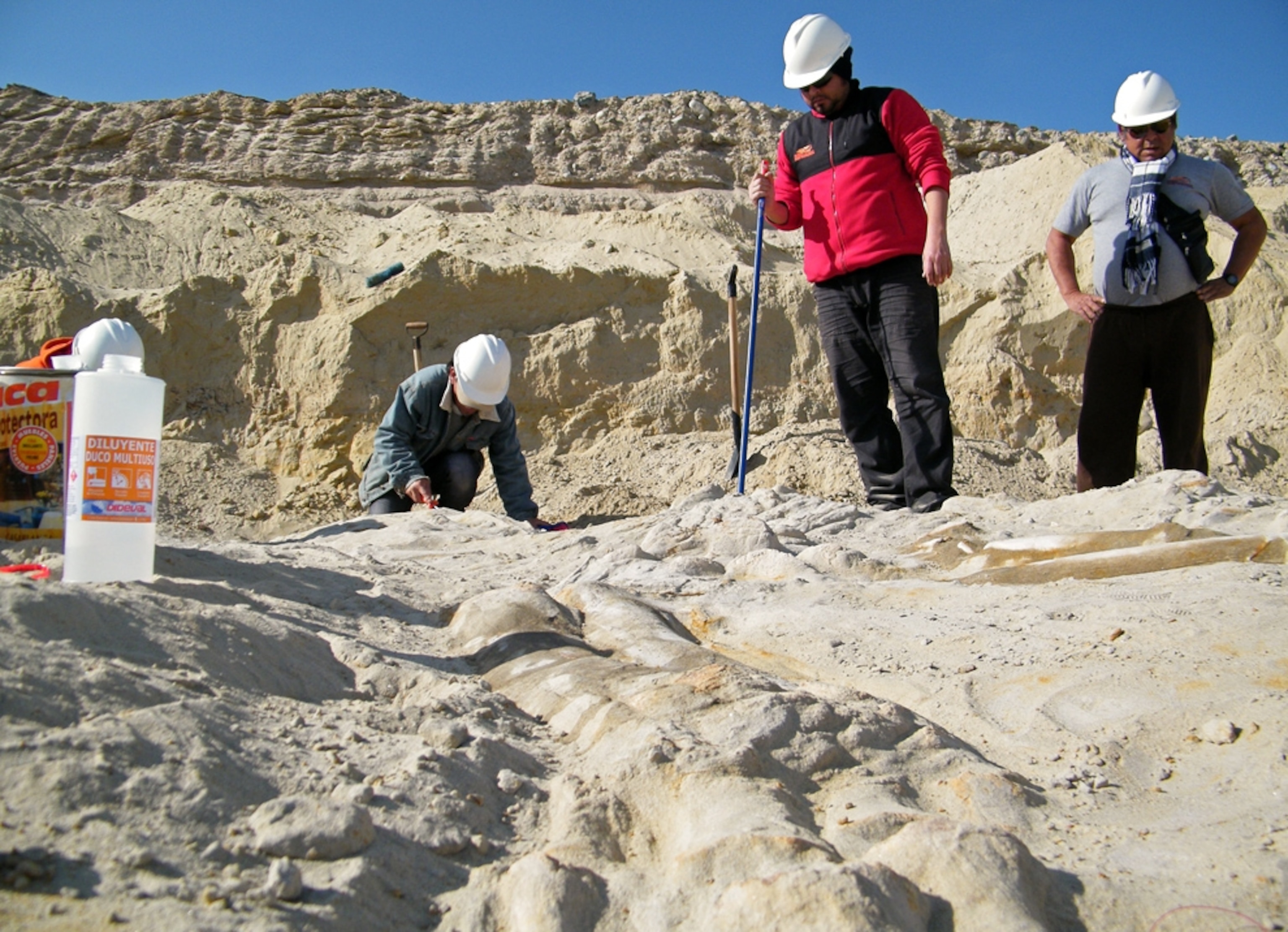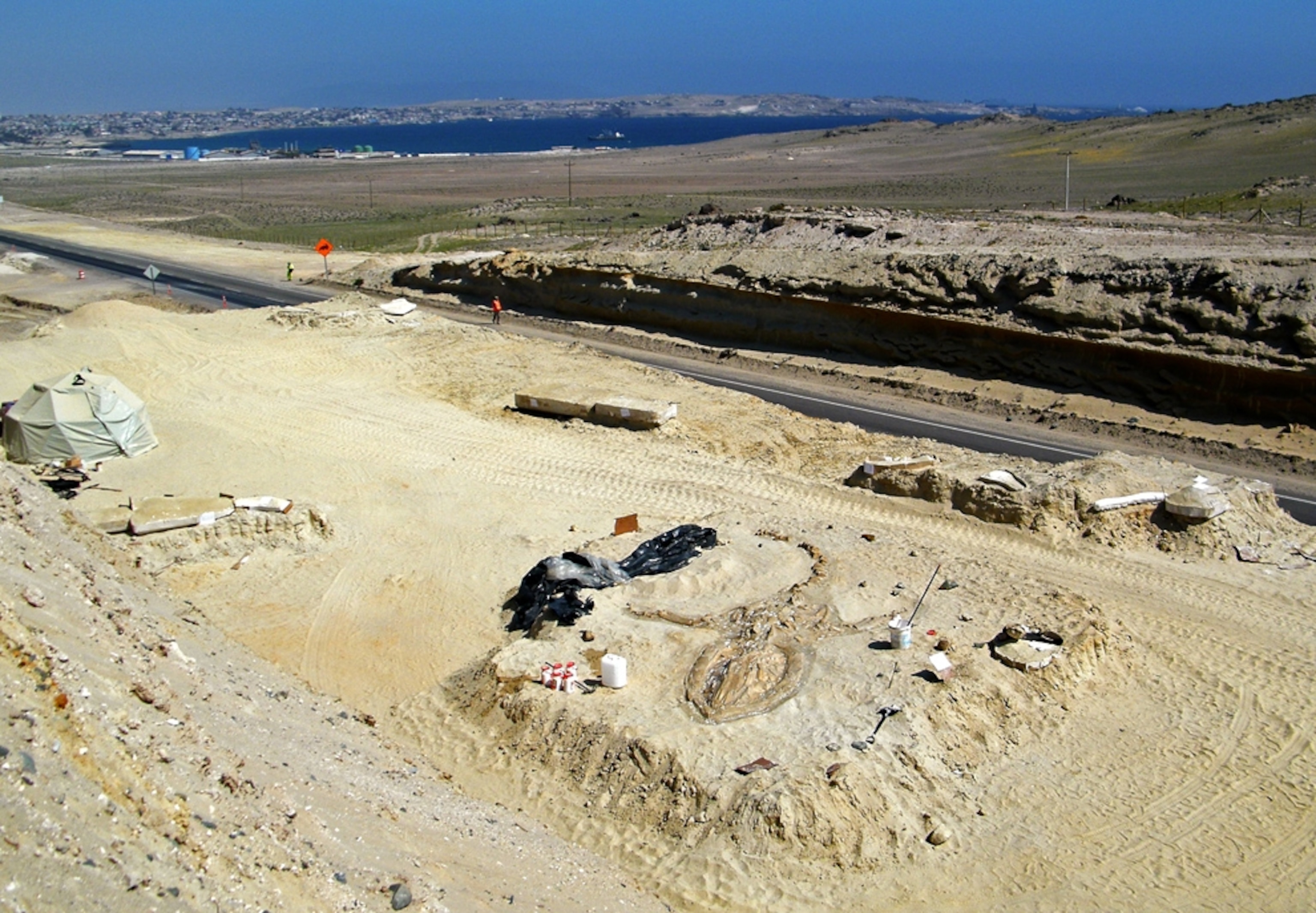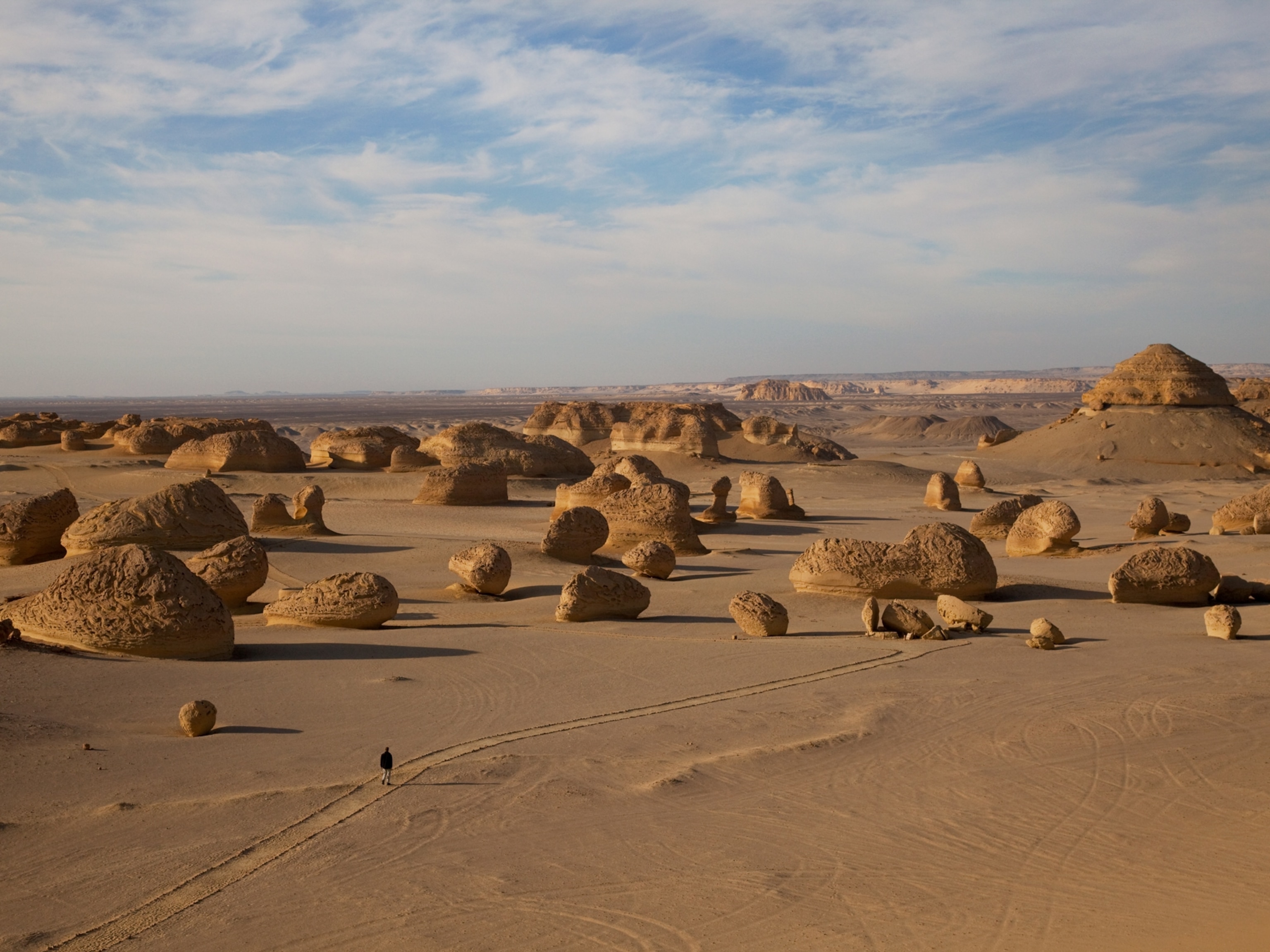Photograph from Museo Paleontologico de Caldera via AP
Pictures: Prehistoric Whale "Graveyard" Found in Desert
In what's now Chilean desert, 20 whales died five million years ago. Experts are brushing away sands of time to find out why.
December 9, 2011










